What to Bring
1 of 7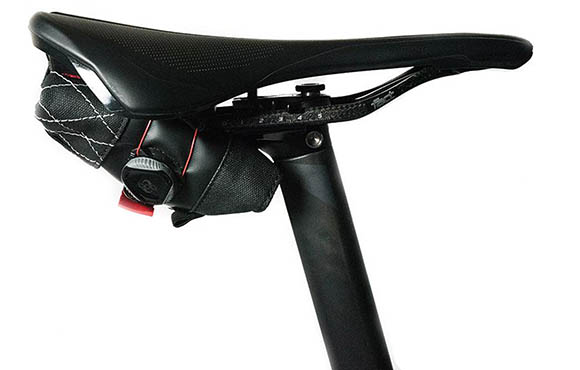
Photo courtesy of Silica
Be ready for any tire-related issues with a 16g threaded CO2 inflator and tire levers. Practice and know how to use these items to change a flat tire on the bike. You'll also want to pack a tire boot (or suitable substitute), a multi-tool and a brand-specific replacement chain master link. If you want all these items in a svelte, pre-assembled pack, check out the Silca Seat Roll Premio.
Find:
Your Next RideChange a Punctured Tube
2 of 7
Photo/Greg Kaplan
Don't just have a tube and tire levers; practice changing a flat tire before you actually get one. You'll also want to practice using your CO2 inflator so you know how it functions when you need it. Although patching a punctured tube can be economical, it's probably best to install a fresh tube so you can finish your ride without further worry.
Pro Tip: Grab a friend and make practicing changing a flat tire into a speed challenge. The next time you have a flat on a ride, you won't think anything of swapping a fresh tube for a punctured one in no time.
Find:
Your Next RideRepair a Damaged Tire
3 of 7
Photo courtesy of Park Tool
If you wind up with a hole in your tire that is big enough for a tube to bulge through, you'll need to boot the damage. If your spare pack does not have a tire boot, you can always use a dollar bill or used gel wrapper to get you home. Remember to first check and make sure whatever caused the flat is no longer embedded in the tire. Put the boot on the inside of your tire and then the new tube between the patch and the rim. This is another skill that should be practiced at home before having to do it on the road.
Find:
Your Next RideBroken Chain Repair
4 of 7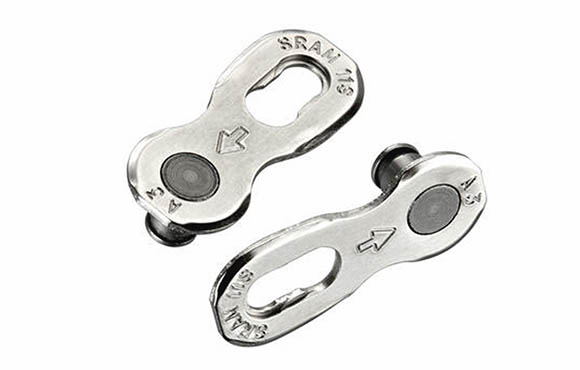
Photo courtesy of SRAM
Chains are disposable items—they wear out and eventually need to be replaced. If your chain breaks while you're out on a ride, it can feel like a cause for panic. But if you have a master connector link for your chain, you can repair it roadside. Both Shimano and SRAM make master connector links for their respective chain brands. It's a good idea to have a spare set or two in your saddle bag and to know how to install master links in your chain. After your ride, make sure to get your chain checked out, or replaced, at your local bike shop.
Find:
Your Next RideDerailed Chain
5 of 7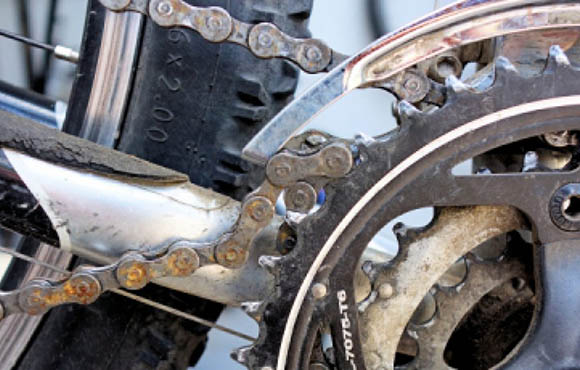
Photo/Wickworks
What do you do when your chain comes off the chainring? Put it back on and keep riding! Sometimes, you can shift it right back into its place. But if not, you might need to get a little dirty. Obviously, you won't have a repair stand (or a bike mechanic) with you. Instead, flip your bike over and ask a friend to hold it or lean it against a tree or fence. Pick the chain up and put it back in line.
Pro Tip: After you replace the chain, your hands will likely be greasy. Wipe your hands on nearby grass, or, if none is available, use your shorts—now you know why most bike shorts are black. Once you get home, dish soap is great for removing chain grease from your hands and cycling kit.
Find:
Your Next RideWhen to Phone a Friend
6 of 7
Photo/Greg Kaplan
No matter how much you channel your inner MacGyver, some things just can't be fixed roadside. Broken derailleur hangers, more than a few broken spokes and even losing a pedal are just a few mechanicals too big to overcome. Unless you are within limping distance of home or a bike shop, your best bet is to hang your tail between your legs and call for a ride before you do even more serious damage to your bike—or yourself.
Pro Tip: If you're a Strava or Garmin Connect user, make sure to add friends to the respective alerting services. It will be a lot easier to be rescued if your rescuer can pinpoint your exact location.
Find:
Your Next RideAbout the Author

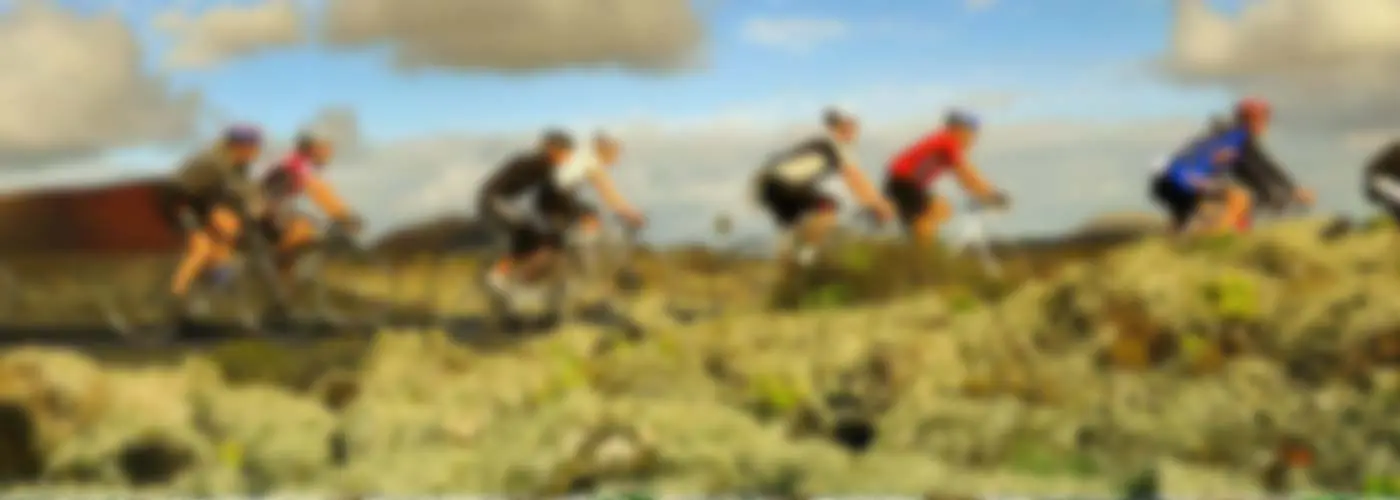
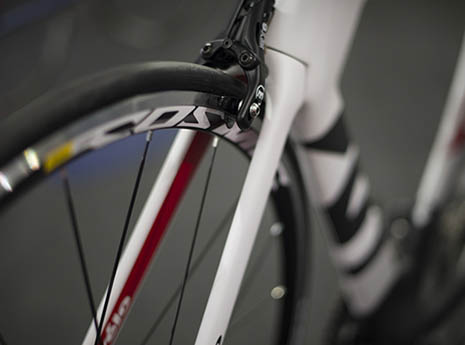





Discuss This Article